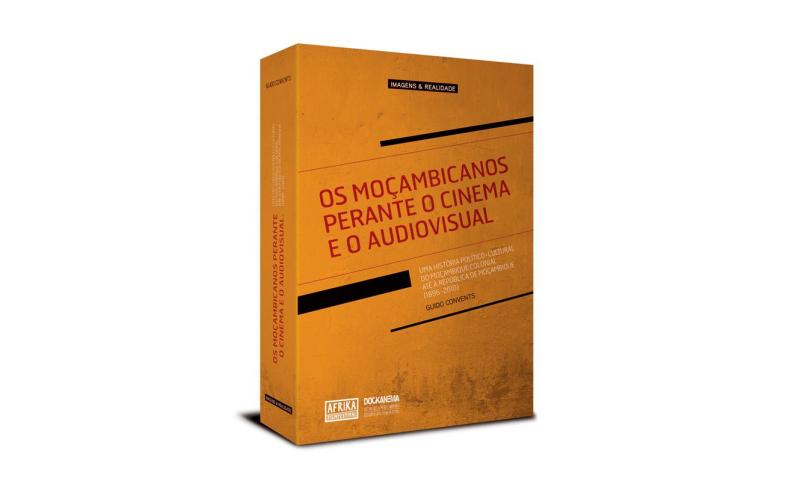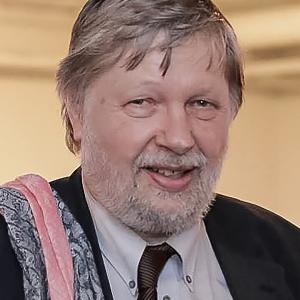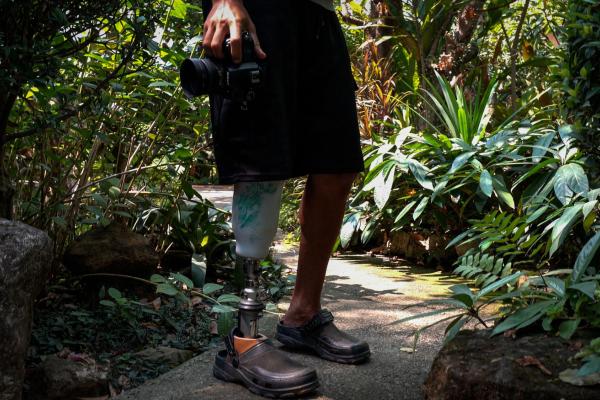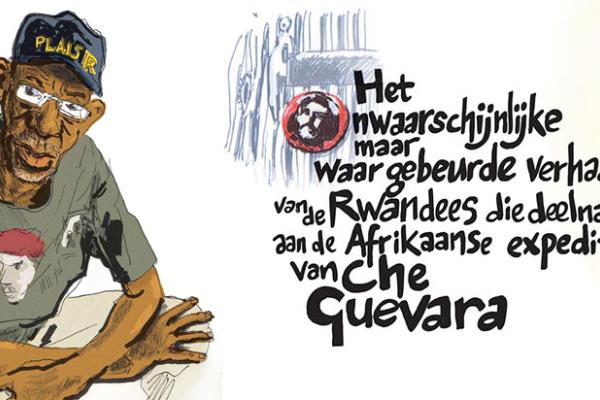His initial idea was to write an article about the country's current film production and culture. In the process, he discovered an enormously rich and dynamic film culture, as well as a Mozambican film industry struggling to survive in a globalised world.
During his research, he also found one of the oldest films ever made in Mozambique. It turned out to be a Belgian film from 1920. It was made by the Liège filmmaker Ernest Gourdinne for the Belgian and British financial world. Film regularly features in Belgian-Mozambican relations.
As in his previous publications, in which he explored film culture in Congo, Rwanda and Burundi, Convent mapped out the contemporary film scene and went back to its roots. He investigated how Mozambicans have adopted film as a means of emancipation and how they still consider it important for the social development of their country today.
Guido Convents also focused on how film and television images of Mozambique were presented in Belgium and the Netherlands, considering their social impact. Between 2010 and 2011, he published two Dutch monographs on Mozambican film in the magazine Cinemagie, entitled Filmcultuur in Mozambique (1896–1975) and Filmcultuur in Mozambique (1975–2010). In April 2011, an expanded version of his research was published in Portuguese under the title IMAGENS & REALIDADE: Moçambicanos perante o cinema e o audiovisual. Uma história política-cultural do Moçambique colonial até a República de Moçambique (1896-2010) (Images & Reality: A political and cultural history of Mozambique from the colonial era to the Republic of Mozambique (1896-2010). Mozambicans and Cinema and Audiovisual Media. A political and cultural history from colonial Mozambique to the Republic of Mozambique (1896–2010), comprising 670 pages with illustrations. By bringing the present (journalism) into the light of the past (history), he has done pioneering work for Mozambique, according to the Mozambican film world.
Thanks to the Pascal Decroos Fund, Guido Convents was able to successfully complete an important part of his research, particularly his contacts with numerous filmmakers and producers in Mozambique.





